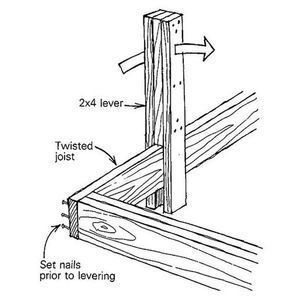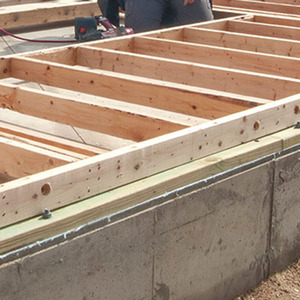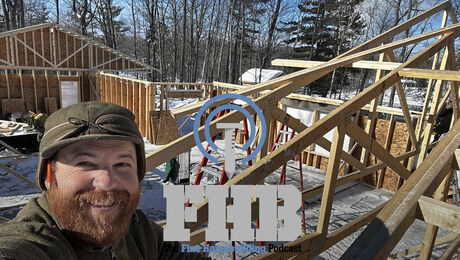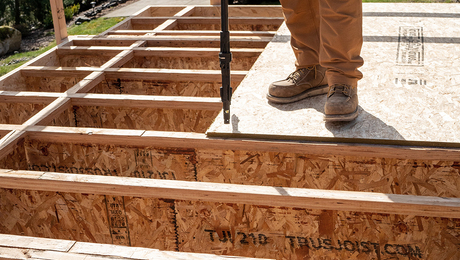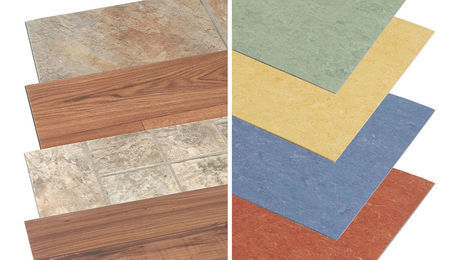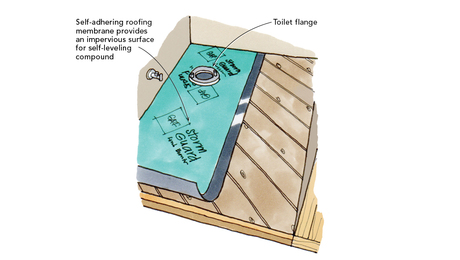Install Wood Flooring Series: Edging and Finish Sanding
Get the whole floor smooth and clean before applying stain and finish
Video Transcript:
After finishing the first sanding sequence with 60-grit sandpaper on the big belt machine, it’s time to start with the edger. Go up one grit; the edger is very aggressive, so you can get away with finer-grit sandpaper. The edger rotates the sandpaper; mine is set up to cut between 12 o’clock and 1 o’clock. The edger only sands in a small area; the back wheels hold the back of the sander off the floor’s surface. By adjusting the wheels, you can adjust where it’s cutting.
Before using the edger, check the disk to make sure it’s in good condition. Also check the wheels and make sure they rotate freely. Normally the edger comes with a bag, like on the big machine, but I prefer to use a vacuum because it has a 0.3-micron filter. It leaves the air a little cleaner.
When plugging in the edger, always make sure it’s lying down. You never know if the switch was left on, and the edger could end up jumping around the room, smashing the walls and the floor.
If you rotate the edger or just cock it slightly to the side, you’ll be sanding with the grain. The marks will be smaller and fewer.
Quickly vacuum the floor before going over it again with the belt sander. The bag on the sander acts as a filter. The more the bag gets filled, the less filtering area is left, so the more sawdust that remains lying on the floor.
In between sandings, sweep the floor to get rid of the bits of abrasive and sawdust.
The last pass, with a multi-disc sander this time, is at 100-grit—but before that, do another edging pass. The orbital sander leaves a high-quality finish and has great dust extraction. The center port hole puts air out, and the smaller holes pull air in, keeping the pad cooler, removing all the grit, and leaving a very fine finish. The multi-disc sander will remove any dished-out grain or chatter. When you’re done, vacuum the floor, inspect it, hit the corners with the orbital sander, and then do some hand scraping.
Before using the buffer, fill any holes in the floor with premixed compound, made for the species of wood used in the floor. Try not to use too much, so you don’t have to sand it off.
The buffer will blend in the different sanding mediums; the big machines went back and forth, while the edger and orbital sanders rotated. The bottom of the buffer has little nodules that hold the driving pad in place. Most buffers rotate in one direction. I use a random-orbit buffer; it’s not as aggressive, but it has no torque, so anyone can use it. It also leaves a finer scratch pattern. In the corners where the buffer couldn’t fit, hand-rub the floor with the buffer’s driving pad screen. Otherwise, you’ll see a slight difference in the stain.
The last thing is to tack the room using a microfiber tack cloth. It attracts the particles to it. Be sure always to go in the same direction with the cloth.
In this members-only video series:



